Delving into Japanese Video Game Ads from the 1980s
To promote their products, video game creators reinvented advertising displays with colourful and quirky visuals.
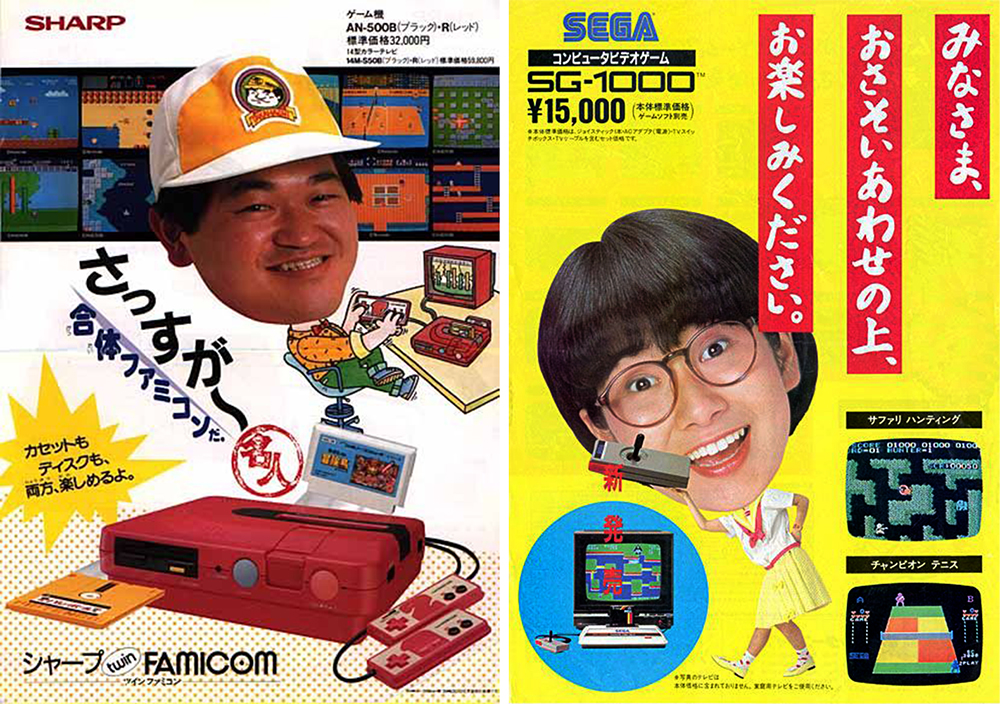
Video games and arcade games were two of the main leisure activities in the 1980s. During this decade and those that followed, the players didn’t just witness a titanic combat between games console makers Nintendo and Sega, but also saw the emergence of advertising campaigns flaunting the merits of the latest releases from Japanese companies. The posters, often in garish colours, present characters who seem a little absurd, the perfect symbols of the pop universe of the 1980s.
As many styles as audiences
Some of these adverts present families busy playing on a video arcade machine; others feature young women dressed in close-fitting pink leotards or wearing only a bikini, depending on the target market. Other adverts are more illustrated and represent scenery that draws on science fiction, like this campaign by Nichibutsu to promote Sector Zone (1984), or the advert for the arcade game Shuttle Invader (1979), the universe of which is largely inspired by Space Invaders.
The video game industry may have been born in the USA, but the giants in the sector developed in Japan, making the country the point of reference in gaming for decades. Japan may well later be renamed the ‘electric nation.’
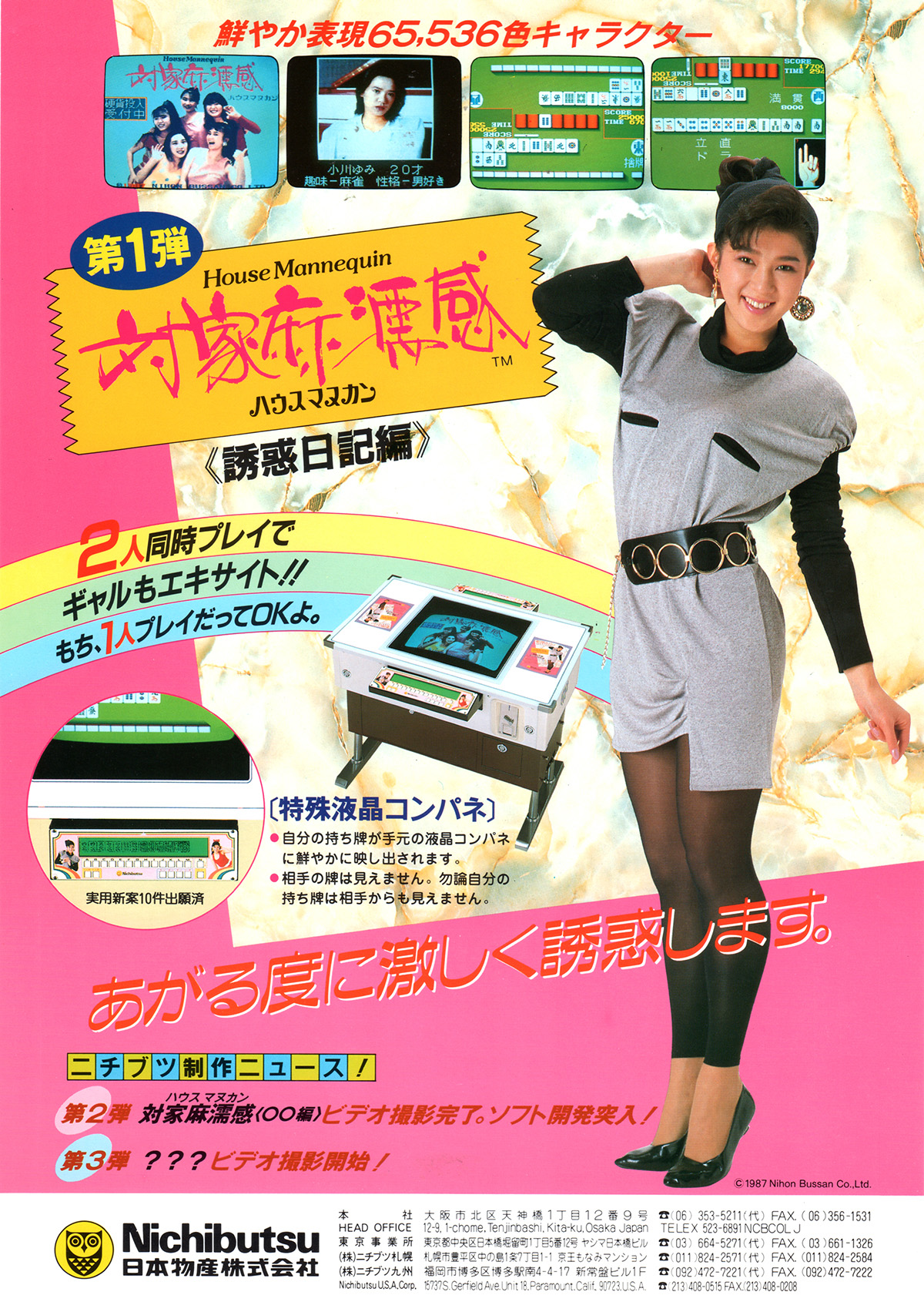
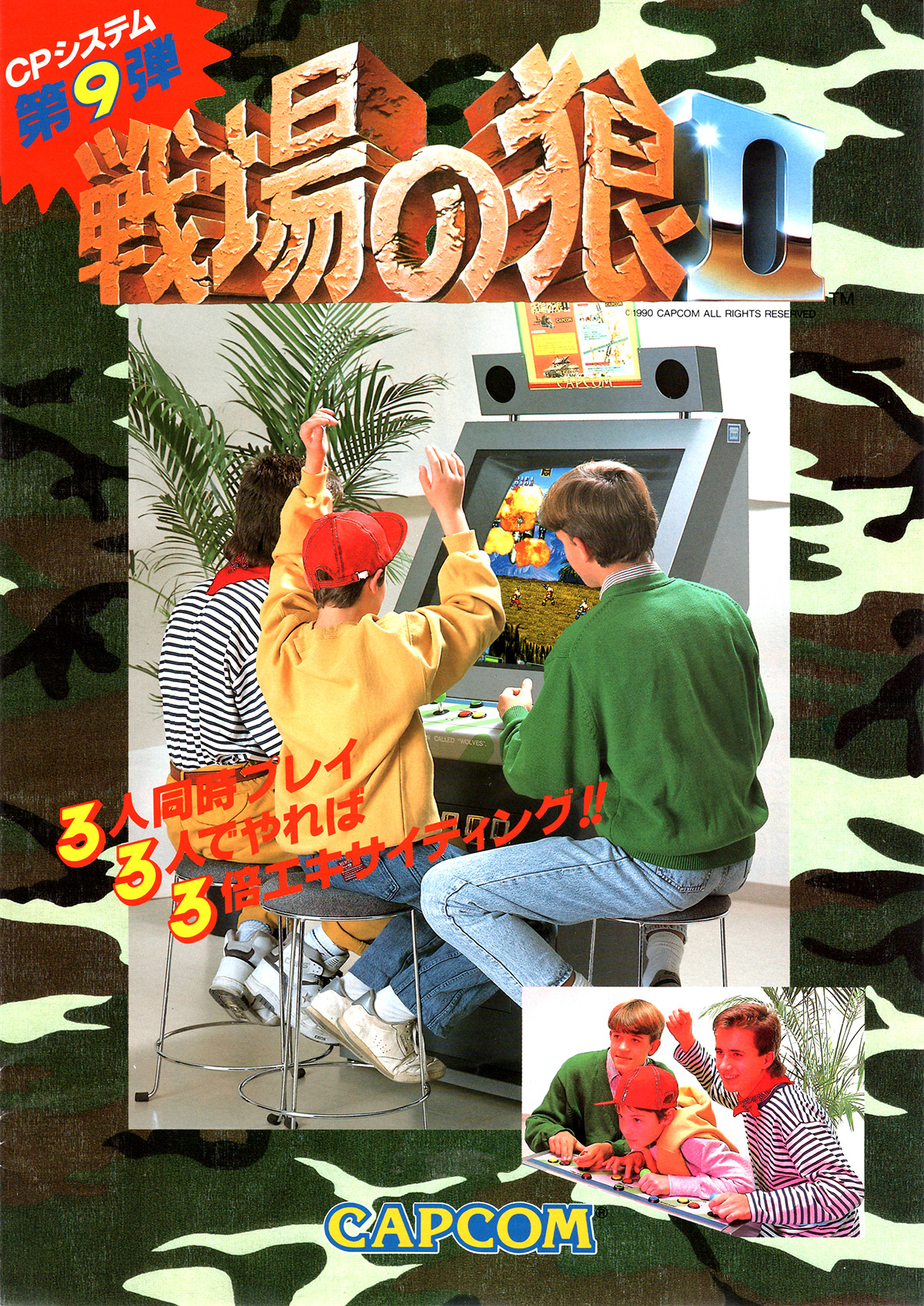
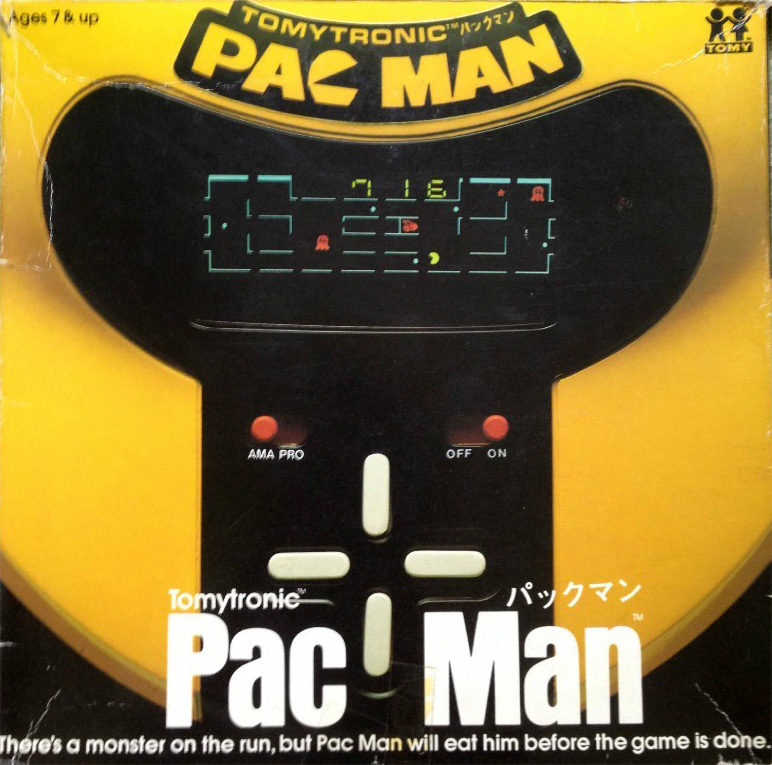
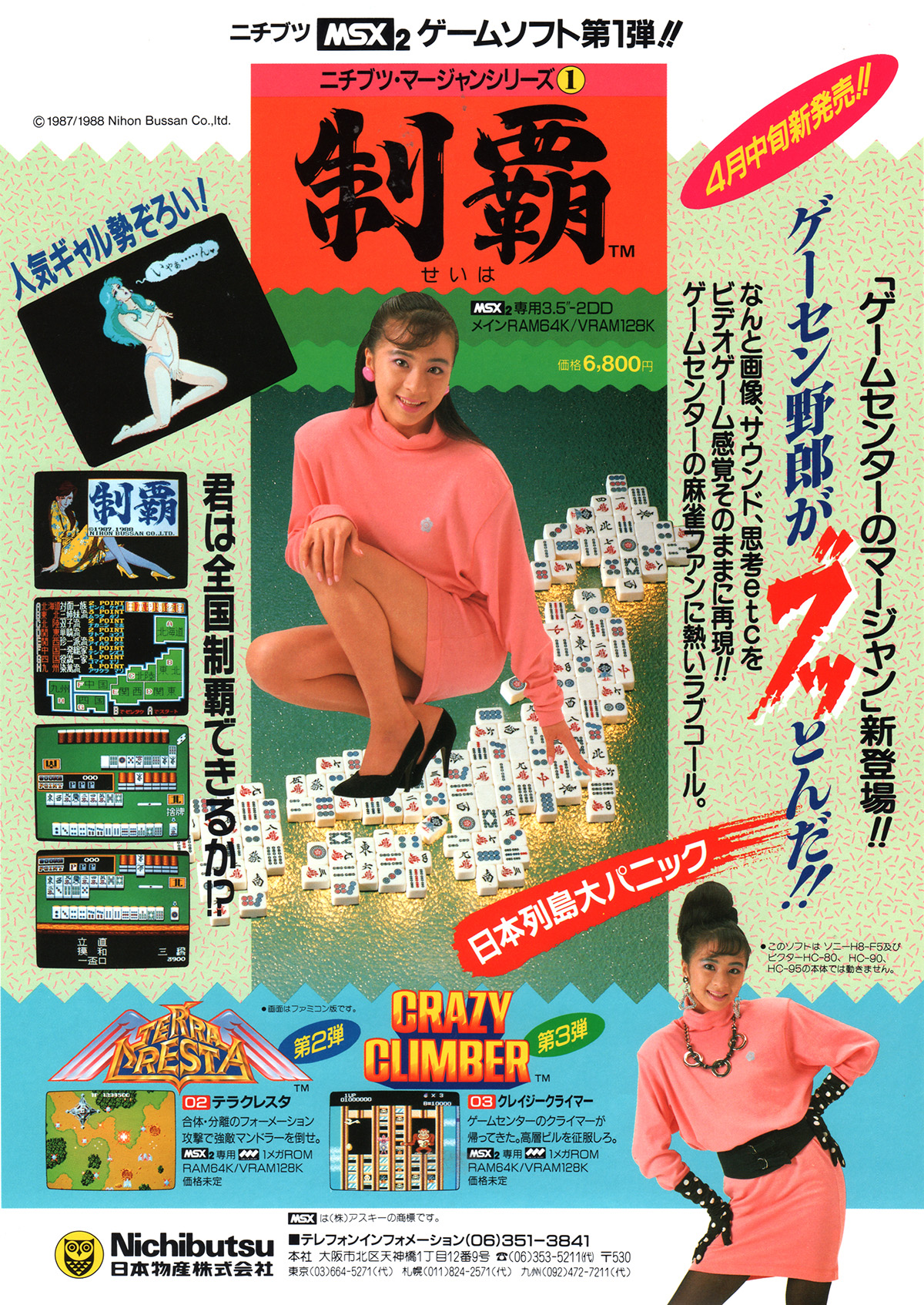
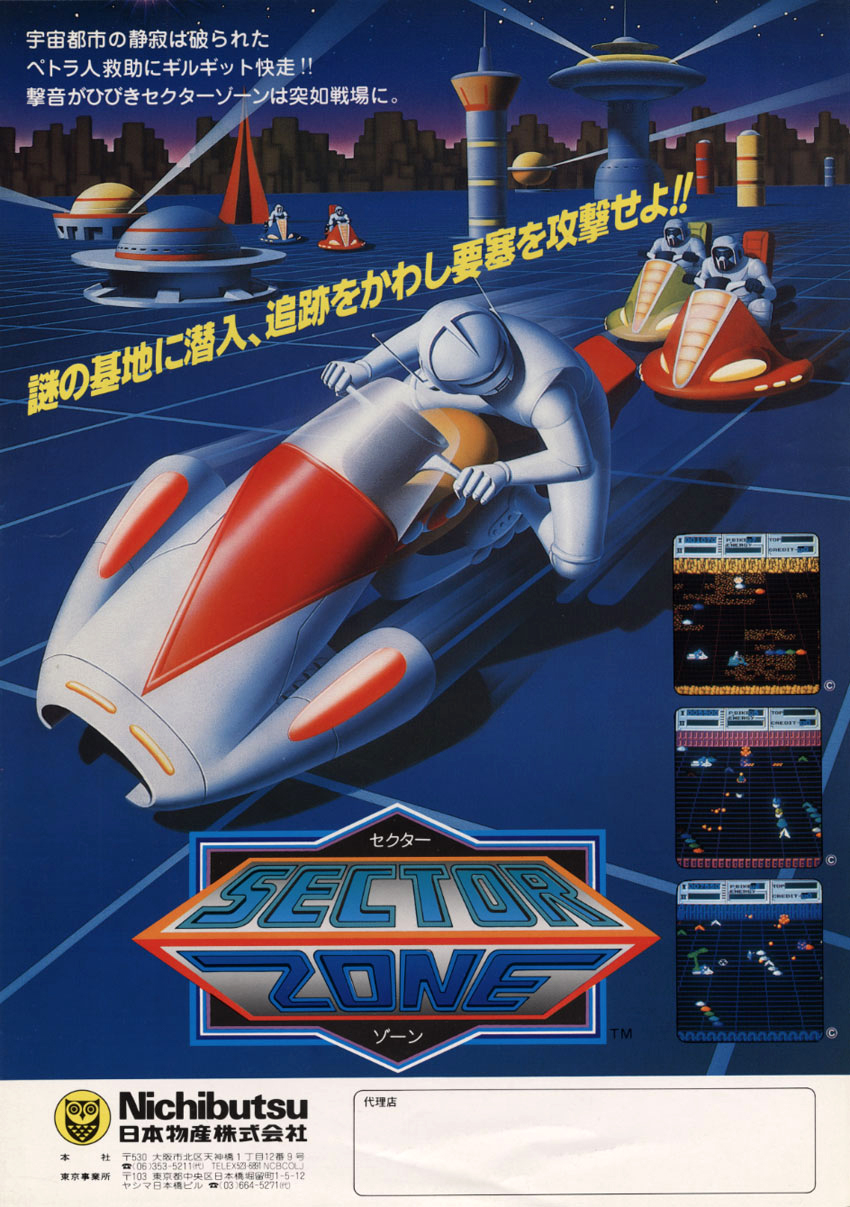
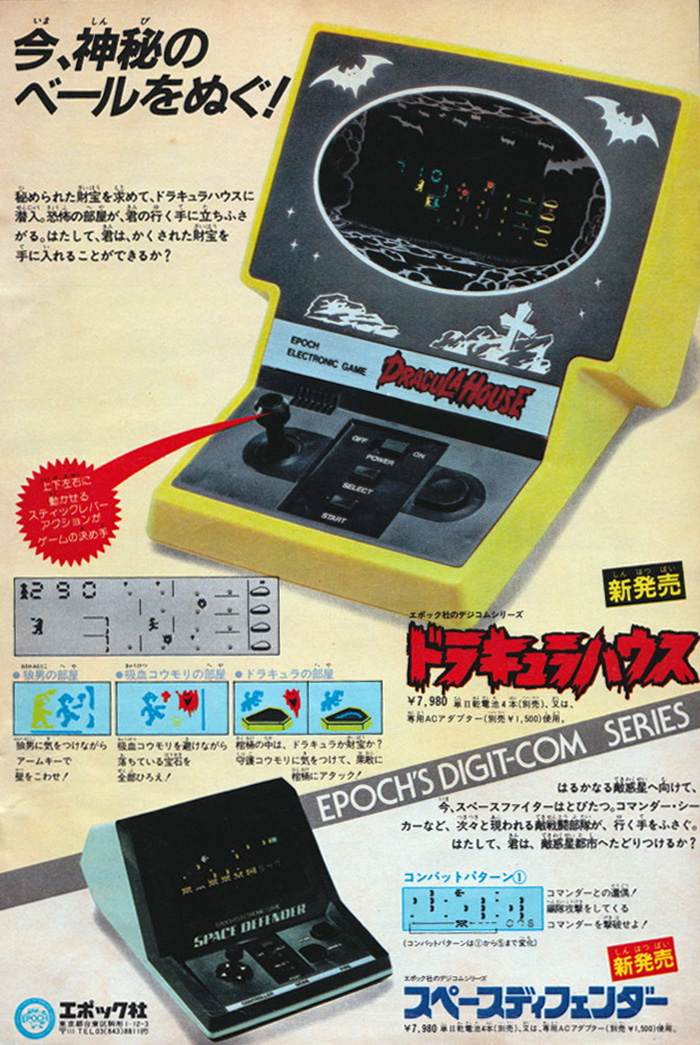
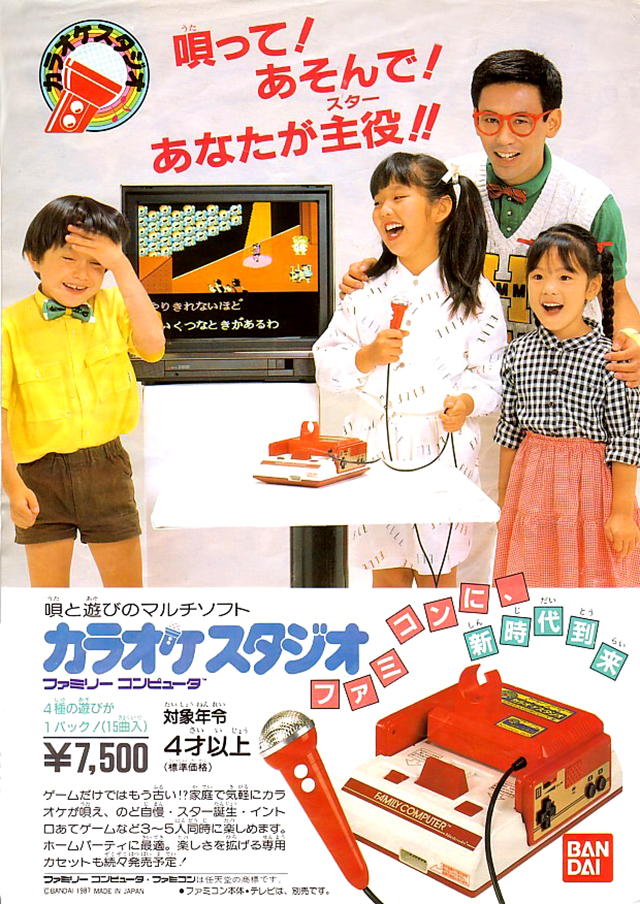
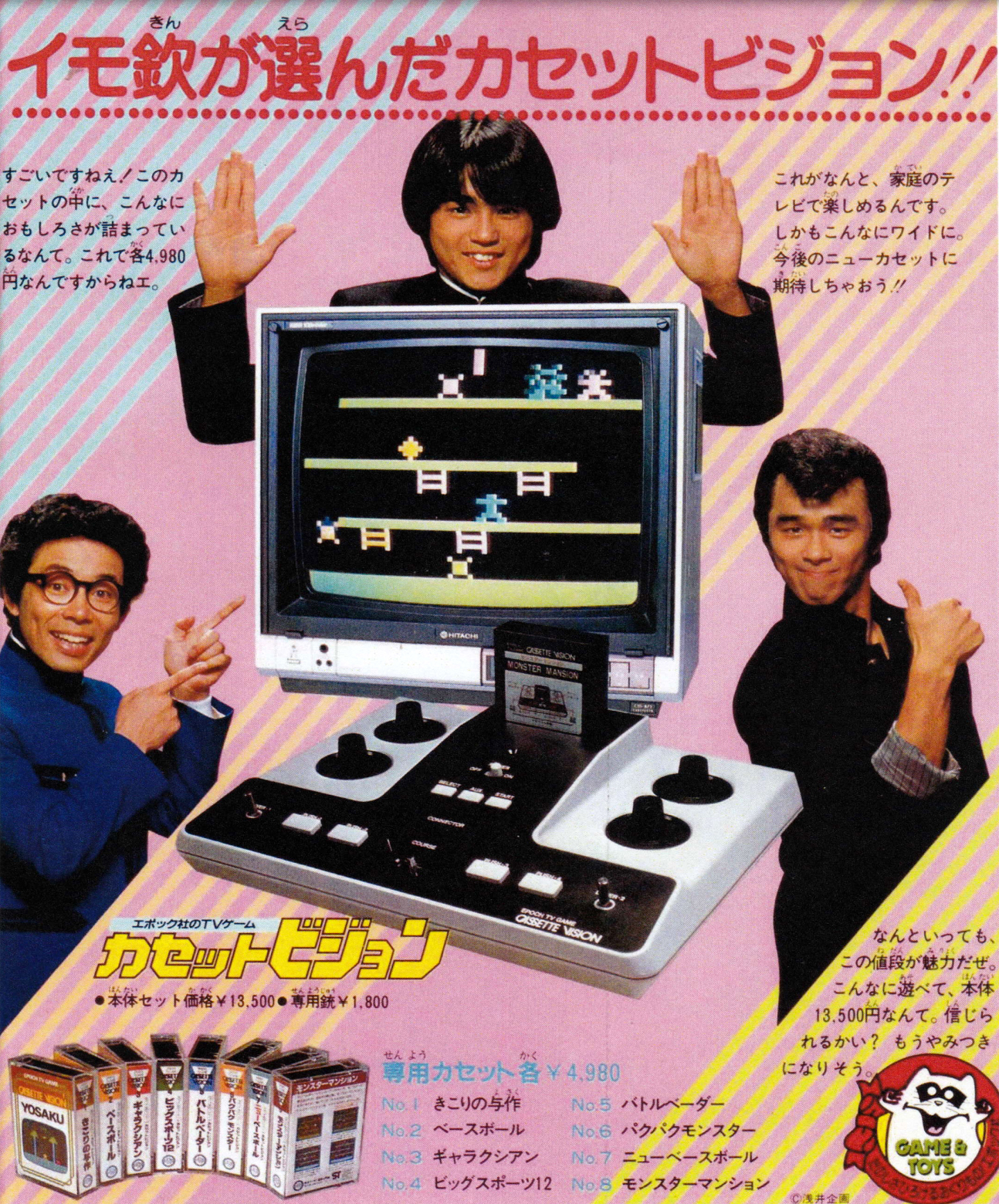
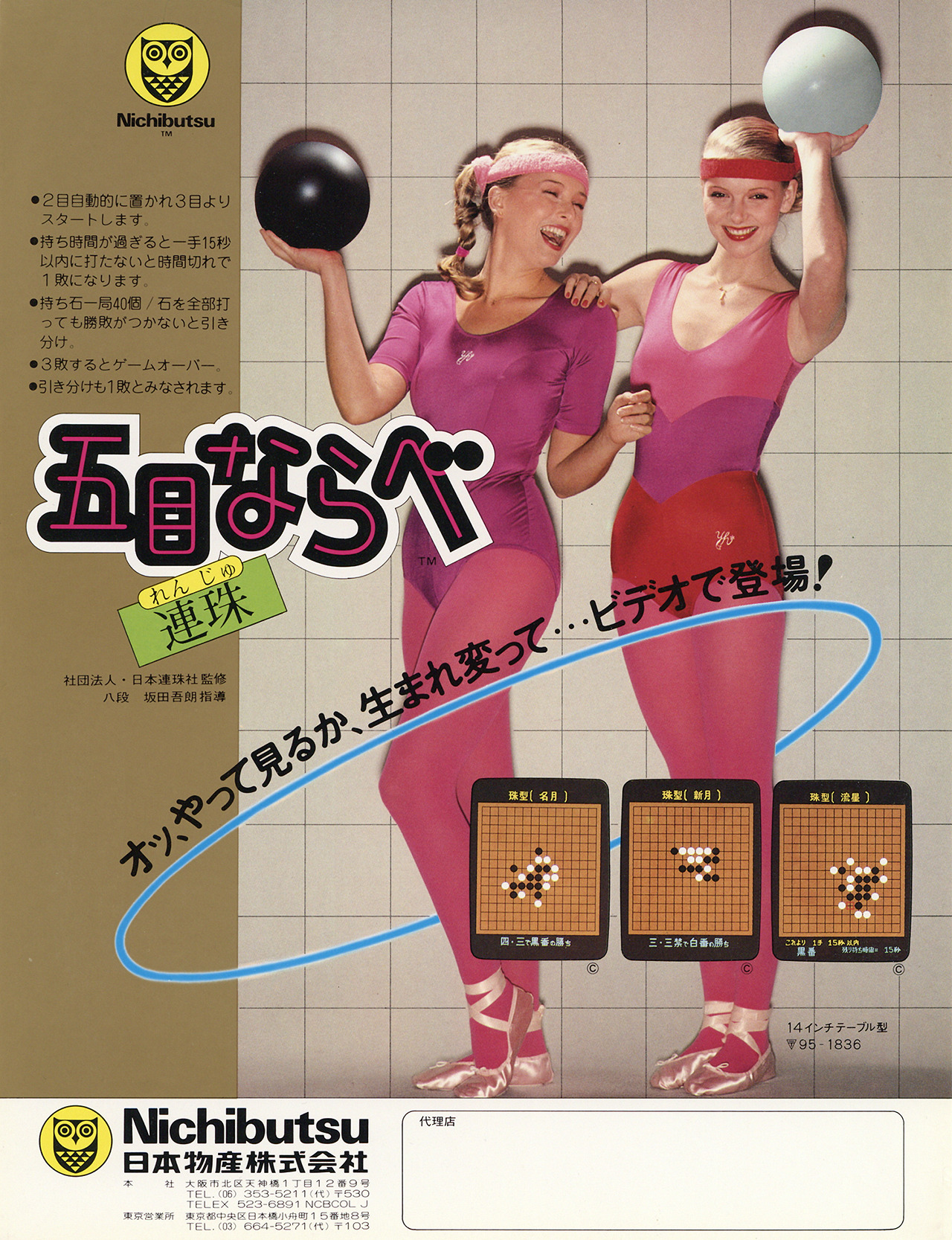
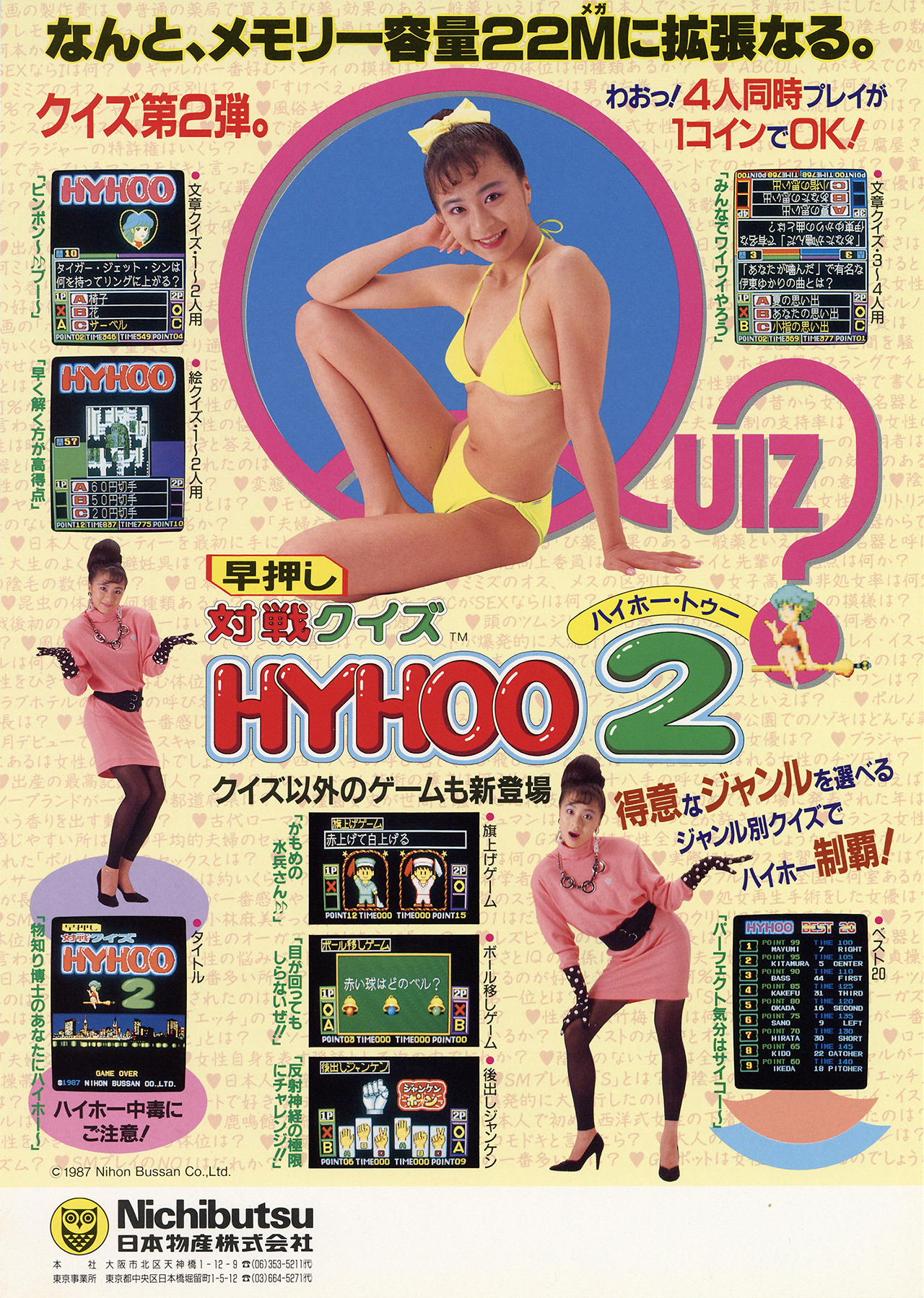
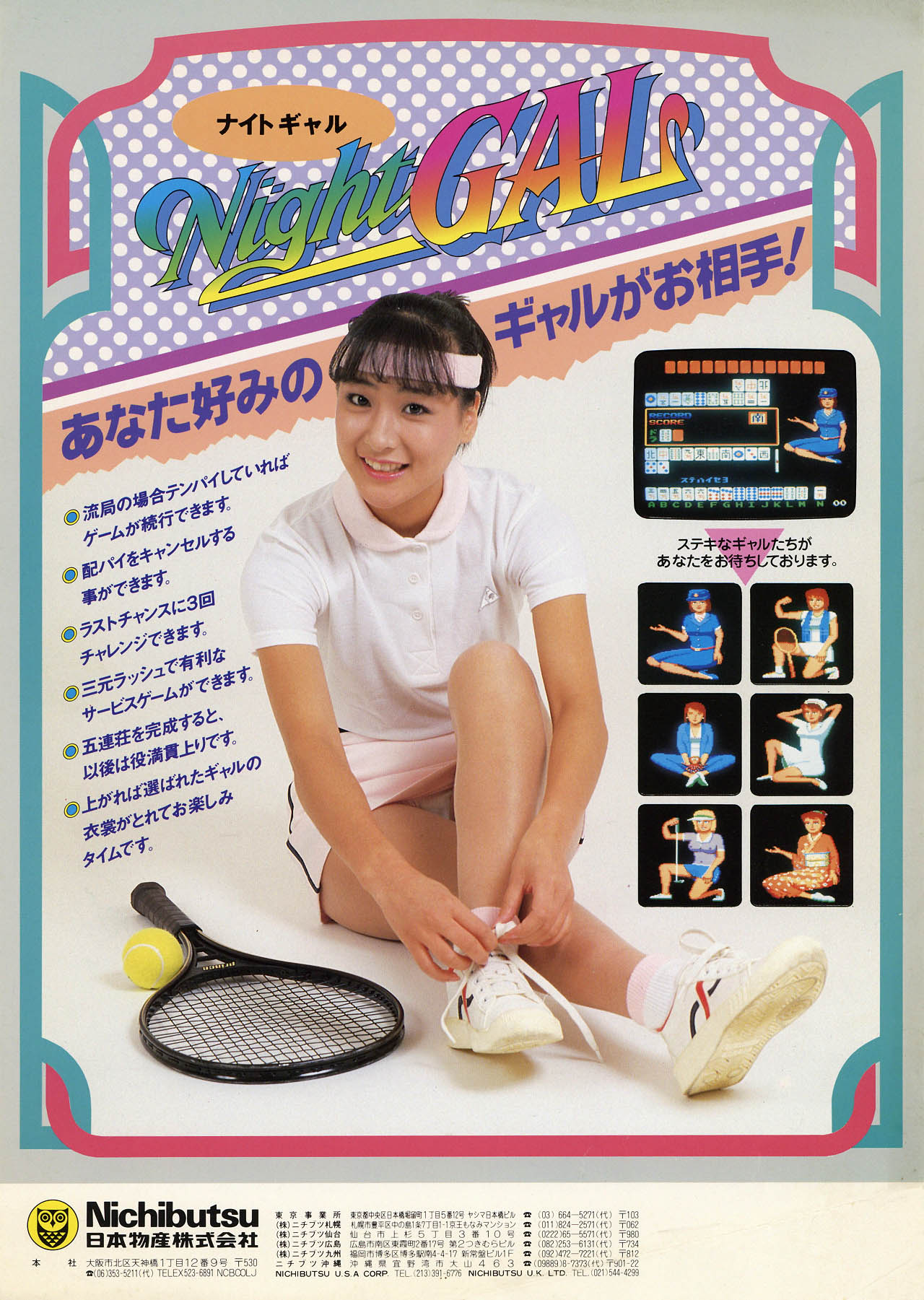

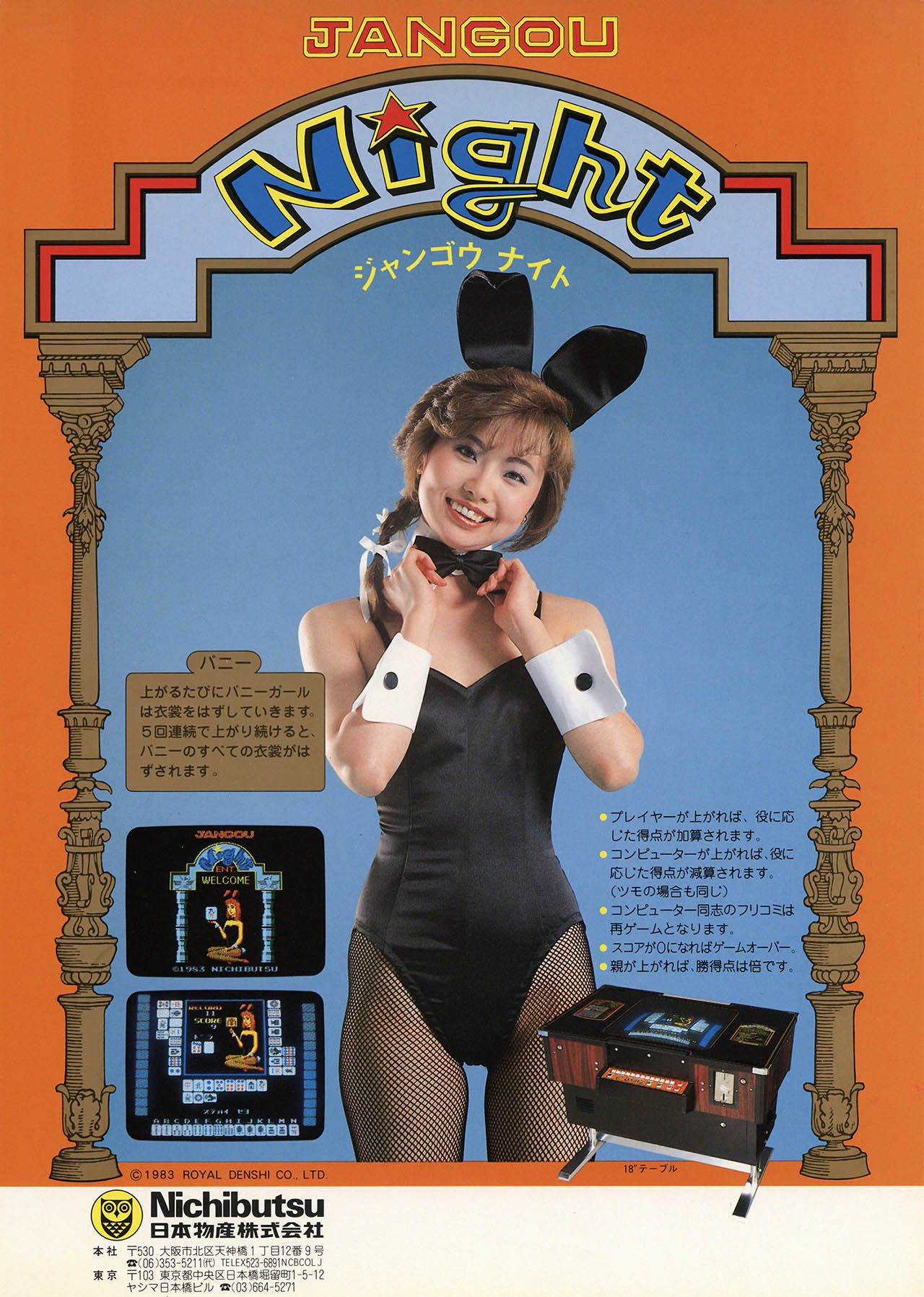
TRENDING
-
The Tattoos that Marked the Criminals of the Edo Period
Traditional tattoos were strong signifiers; murderers had head tattoos, while theft might result in an arm tattoo.

-
Paris, Tokyo: Robert Compagnon
With his co-chef and talented wife, Jessica Yang, Robert Compagnon opened one of the top new restaurants in Paris: Le Rigmarole.
 3:31
3:31 -
Chiharu Shiota, Red Threads of the Soul
Last year, more than 660,000 people visited the retrospective 'Chiharu Shiota: The Soul Trembles' exhibit at the Mori Art Museum.

-
‘Before Doubting Others, Doubt Yourself. Who Can Truly Say a Dish Isn’t What It Used to Be?’
In ‘A Non-Conformist’s Guide to Surviving Society’, author Satoshi Ogawa shares his strategies for navigating everyday life.

-
The Story of Sada Yacco, the Geisha who Bewitched Europe
Described by Dazed magazine as the first beauty influencer, she has been restored to her former glory since 2019.





